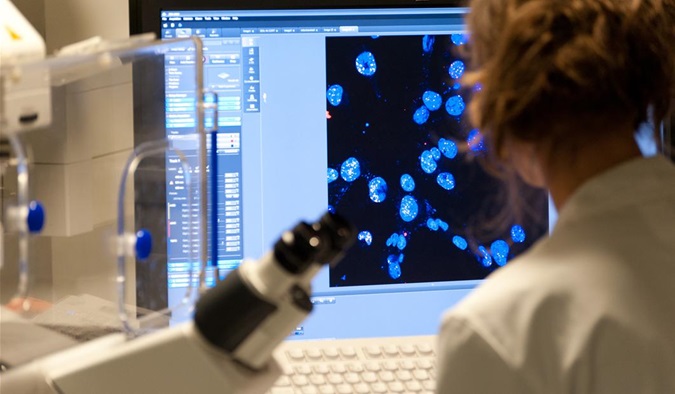News and features
Read the latest news and features about our world-leading research, discoveries, fundraising and philanthropy. If you want to keep updated on our news, you can follow us on social media or sign up for our Search newsletter.
If you’re a journalist and want to find out more, you can contact our media relations team.

ICR remembers Dame Deborah James
The ICR has offered heartfelt condolences to Dame Deborah James' family after the campaigner and podcaster very sadly died - Deborah had been living with bowel cancer for six years.
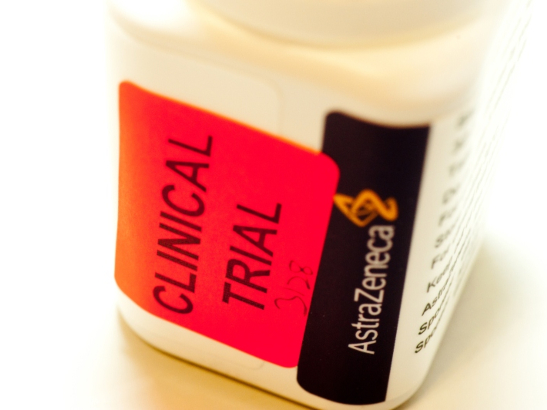
EMA recommends olaparib for treatment of high-risk, early breast cancer
The Institute of Cancer Research, London, strongly welcomes the news that olaparib has been recommended by the European Medicines Agency (EMA) to treat people with high-risk, early-stage breast cancer who have inherited faults in their BRCA1 or BRCA2 genes.

ICR among top-ranked universities for invention income for ninth consecutive year
The Institute of Cancer Research, London, has again ranked among the top academic institutions in the UK at generating income from its intellectual property.
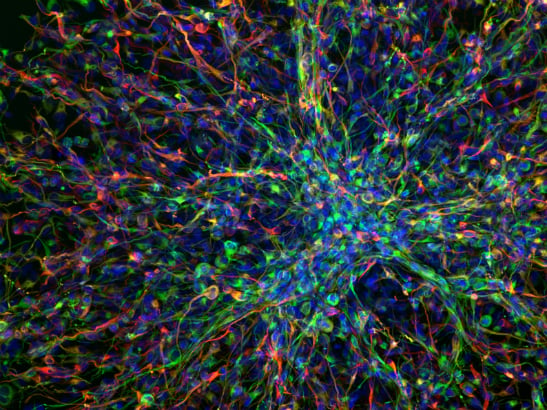
Light-activated ‘photoimmunotherapy’ could enhance brain cancer treatment
An innovative light-activated therapy developed at The Institute of Cancer Research, London, could help detect and treat an aggressive brain cancer type, a new study shows.
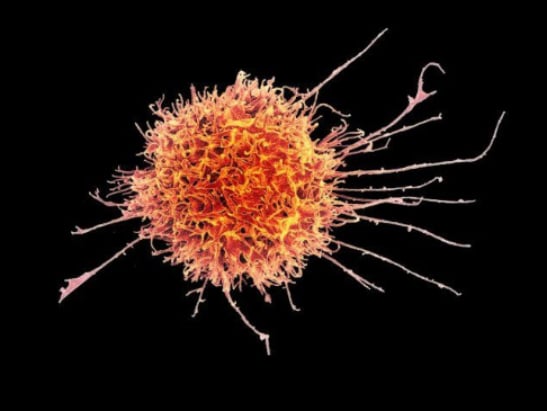
New combination therapy exploits ‘natural killer’ cells to destroy head and neck tumours
Scientists have identified a new treatment combination that is highly effective at suppressing the growth of head and neck tumours.
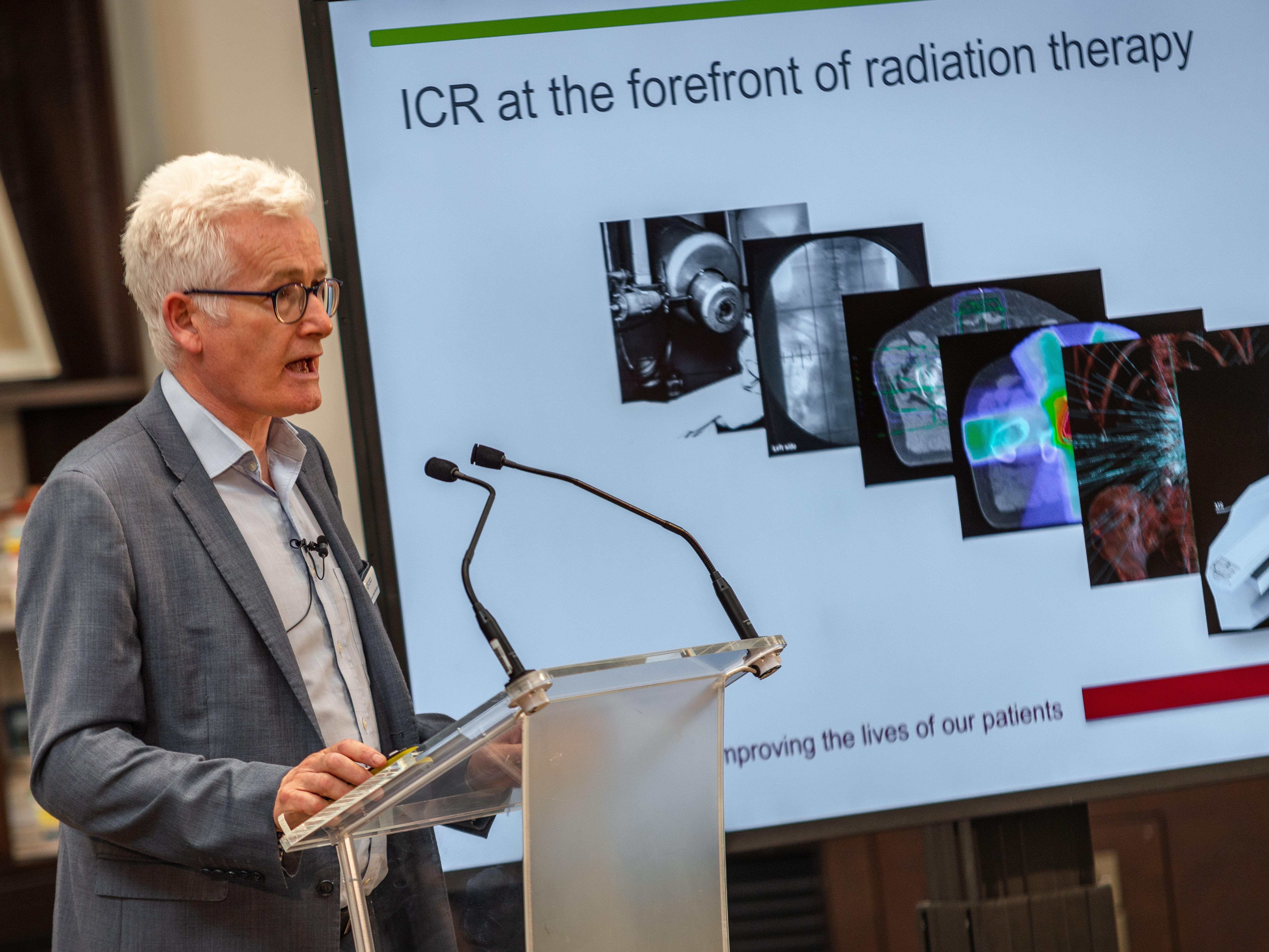
ICR Discovery Club showcases how we combine therapies to target hard-to-treat cancers
Discovery Club members gathered at the Science Museum in London to learn how our researchers are transforming cancer care for patients with innovative combination therapies.

ASCO 2022: 'Practice-changing' radiotherapy technique can reduce swallowing problems for cancer patients
A new precision radiotherapy technique described as ‘practice changing’ has been shown to reduce long-term side effects, including swallowing problems, for patients with head and neck cancer following treatment.
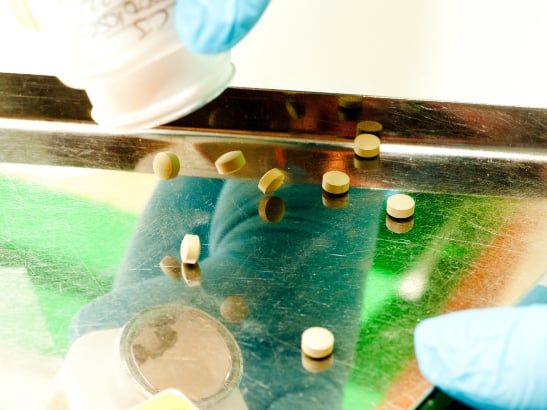
ASCO 2022: Drug combination shows promise against cancer’s ‘death star’ protein
A drug combination targeting multiple mutant versions of cancer’s ‘death star’ protein has shown promise in a small, early-phase clinical trial for some patients with advanced lung, ovarian and thyroid cancer.

ASCO 2022: Screening of patients’ genomes for GPs to assess disease risk is ‘feasible’
Screening people’s genomes as part of routine primary care can spot genetic changes that may have important implications for health, a new study reports.

Cancer Revolution: Major exhibition opens at the Science Museum showcasing ICR research
A new, free exhibition chronicling how science is transforming cancer care opens at the Science Museum in London today – featuring discoveries led by researchers at The Institute of Cancer Research, London.
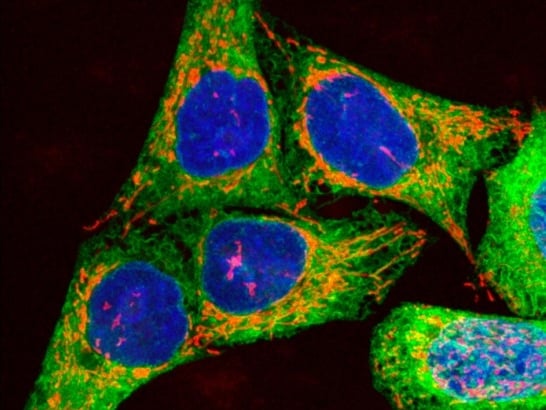
Scientists identify potential new drug combination for some skin cancers
A combination of two existing skin cancer drugs and a third experimental drug could lead to a new strategy for treating patients who do not respond to existing therapies, a new study in mice suggests.
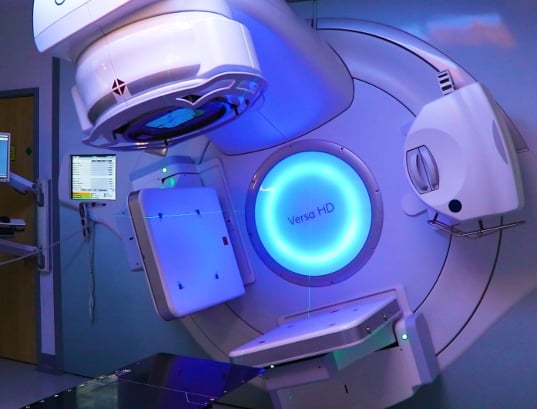
New head and neck cancer radiotherapy technique could deliver more robust treatment plan in shorter time on MR Linac
New adaptive radiotherapy technique for head and neck cancer can deliver a more robust treatment plan in a shorter timeframe on MR Linac, compared with the current method used by most radiotherapy centres.
